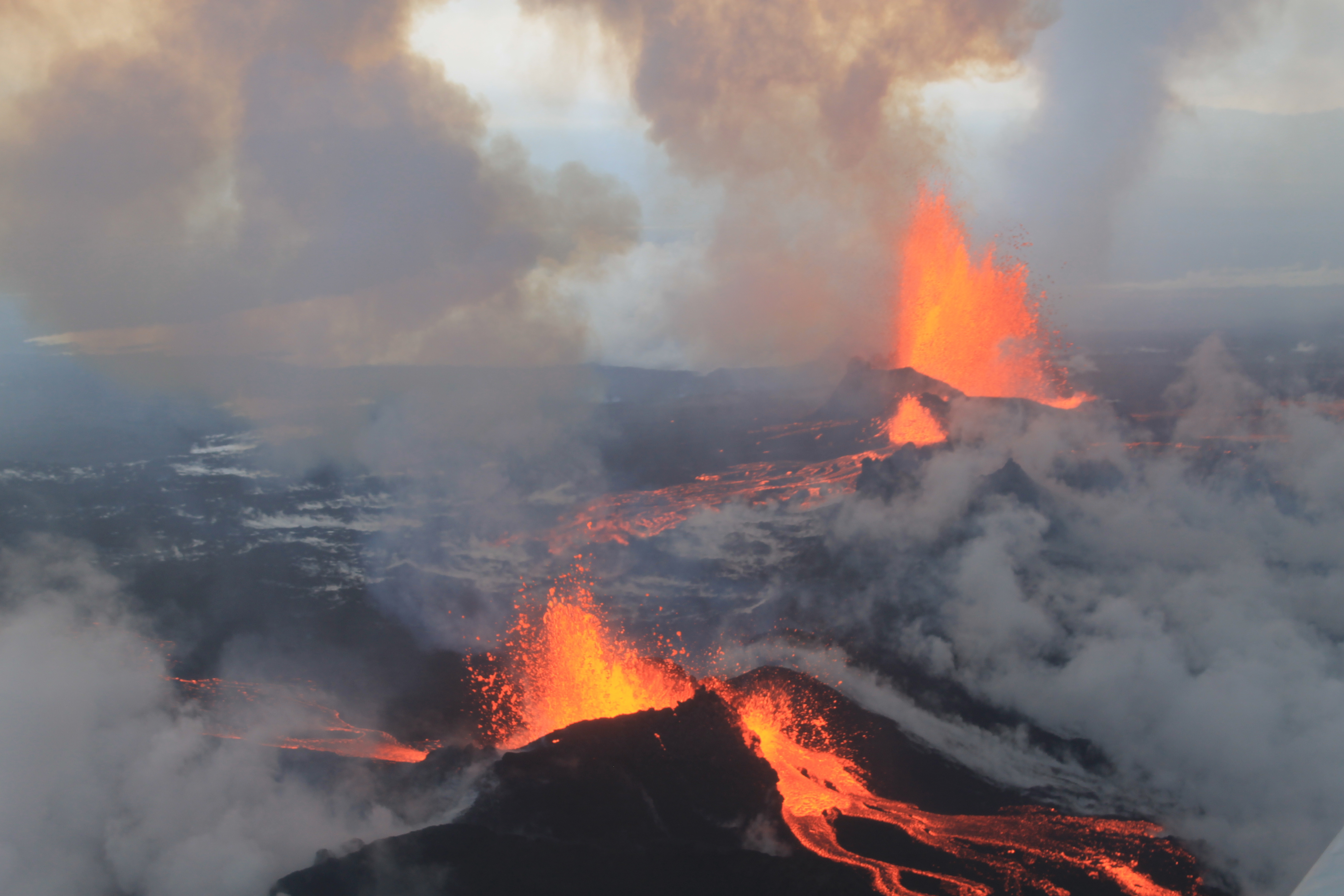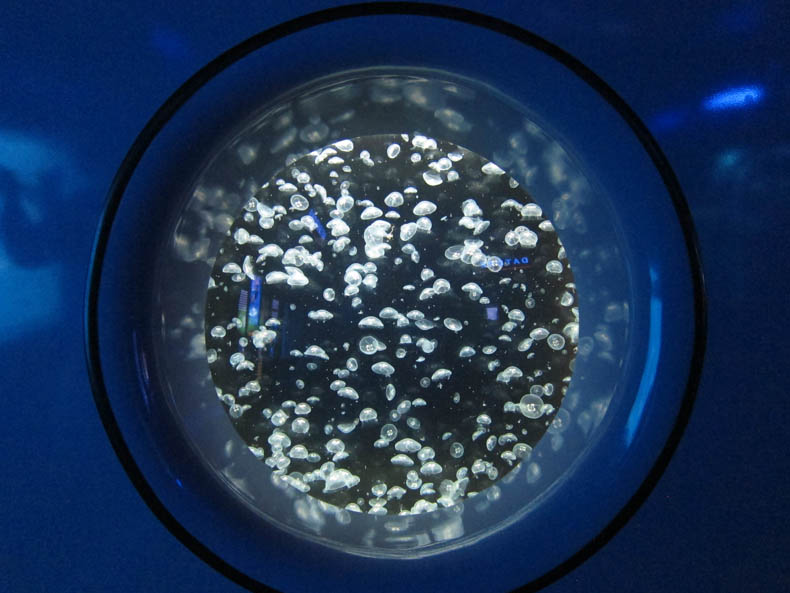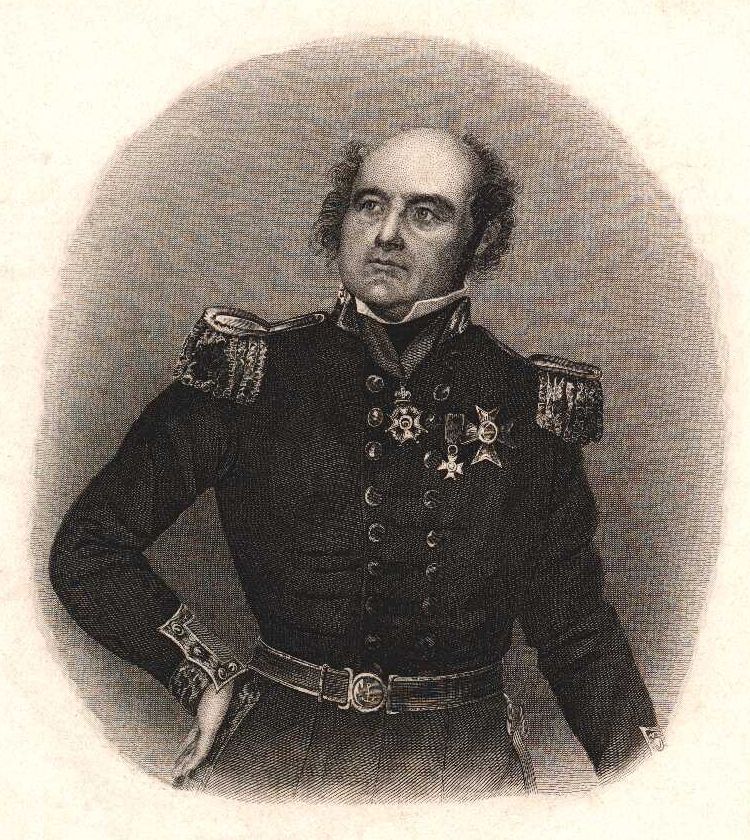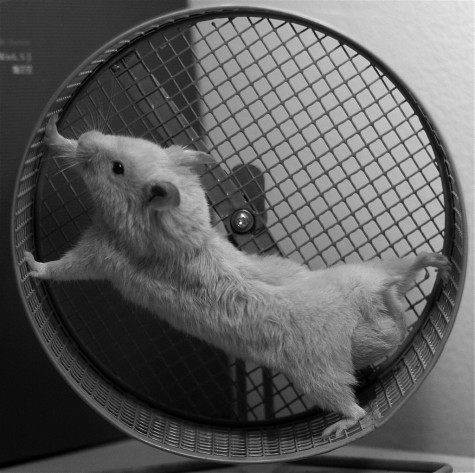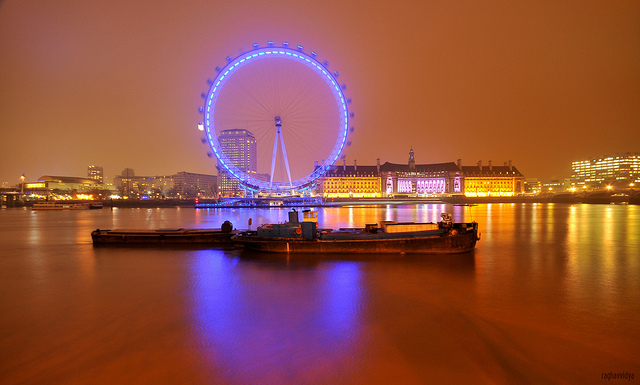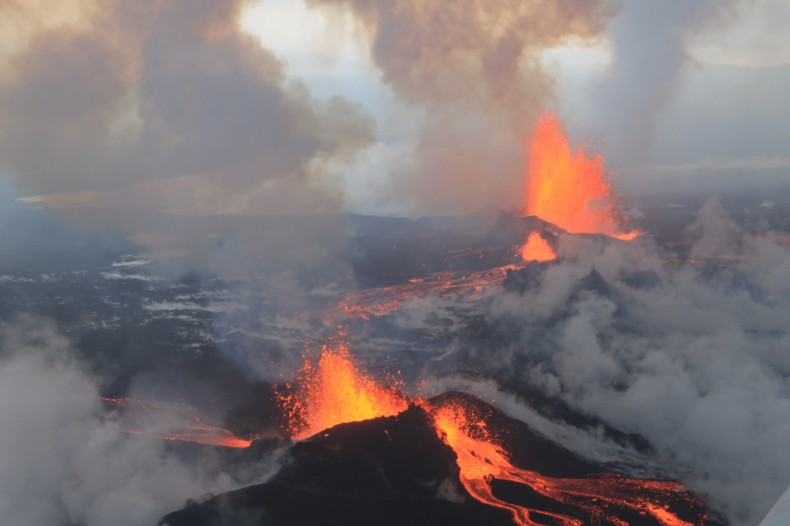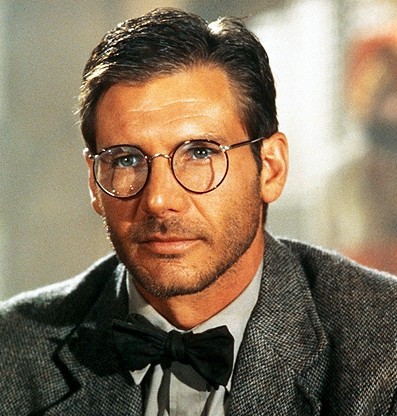“For those who believe, no proof is necessary. For those who don’t believe, no proof is possible.” – Stuart Chase
Over the past few months, I’ve vaguely been aware that Donald Trump has been stirring up ideas that vaccinating children causes autism. Trump points out that many kids who get vaccinated also get autism. This is true, in the same way that many people who drink tequila get Alzheimer’s and many people with brown hair are serial killers.
Like most of my colleagues in the science writing community, I was exasperated by this ignorant babble from our nation’s greatest ignorant babbler. It’s hard enough to cover the sciences under normal circumstances but it’s doubly hard when public figures spread pseudoscience.
But then I looked closely at a couple photos of “The Donald” and in a split second, everything changed. All this time, people have seen him as this evil clown on whom we hang our frustrations about the world’s selfishness and greed. Well the joke is on us. Because Donald Trump is not actually Donald Trump at all.
He’s Andy Kaufman in disguise. Continue reading

